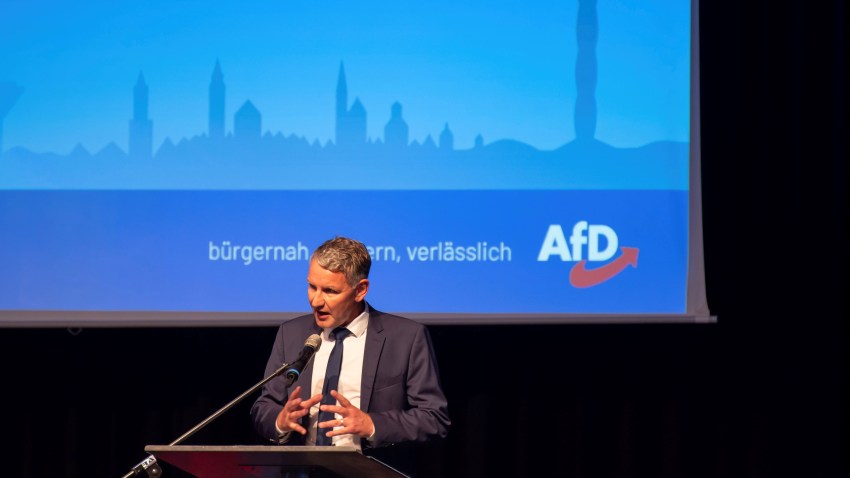My first encounter with the German far right was in my first year of high school. Having just moved from Canada to the Lower Saxon city of Hanover a few months before, I tested out my shaky German on a classmate with close-cropped hair who, it turned out, had very different ideas about who the good guys were in World War II. After I mentioned that I was half-Ukrainian, he stepped back, tugged at his bomber jacket and declared that since I seemed to be a decent guy, he was sure the SS would have made an exception in my family’s case when it came to the Nazi massacres in Ukraine.
Despite this early shock, the community in which I went on to spend my teenage years was a diverse and tolerant place, where I made many close friendships that last to this day. Yet the presence of the far-right youth subculture that I encountered in those first months in Germany was an everyday risk that anyone who might incur these kids’ hostility had to navigate. What made these challenges even more frustrating for those of all ages who were disgusted by these groups’ openly espoused neo-Nazi ideology was the extent to which this subculture was indulged by adults—including some in positions of authority—who shared its authoritarian hostility to anyone they viewed as a threat to German identity.
For all the challenges that far-right subcultures presented in Hanover in the 1990s, what I heard from acquaintances living in the former East Germany taught me how lucky I was to be in a city where democratically oriented youth milieus heavily outnumbered racist skinheads. Groups as diverse as far-left punks, Lutheran volunteers and diaspora kids were numerous enough to prevent the far right from dominating the streets of Hanover. In contrast, by August 1992, anti-migrant riots in Rostock and Hoyerswerda—both in the former East Germany—showed the extent to which racist mobs could defy state authority in many communities in the recently reunified country.

